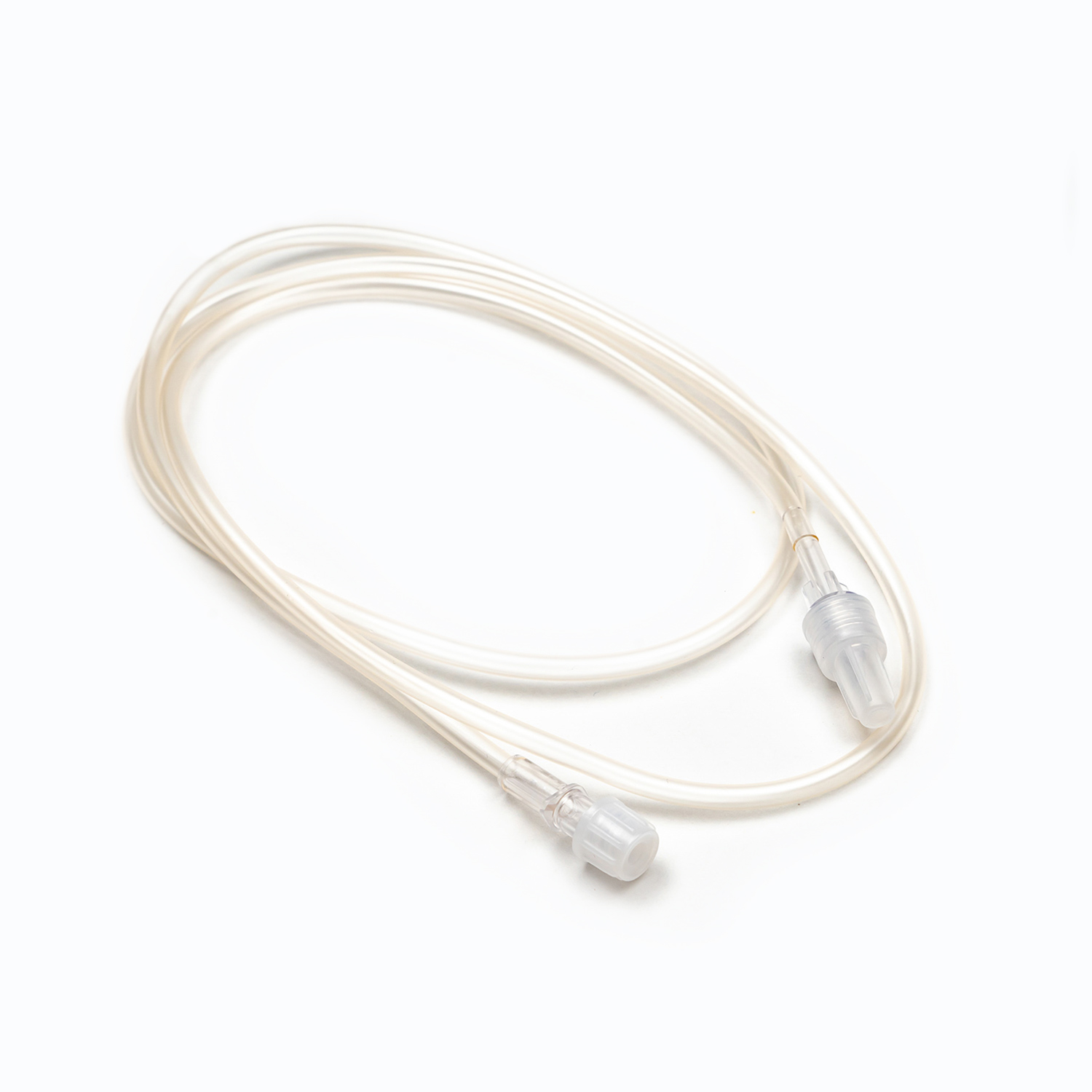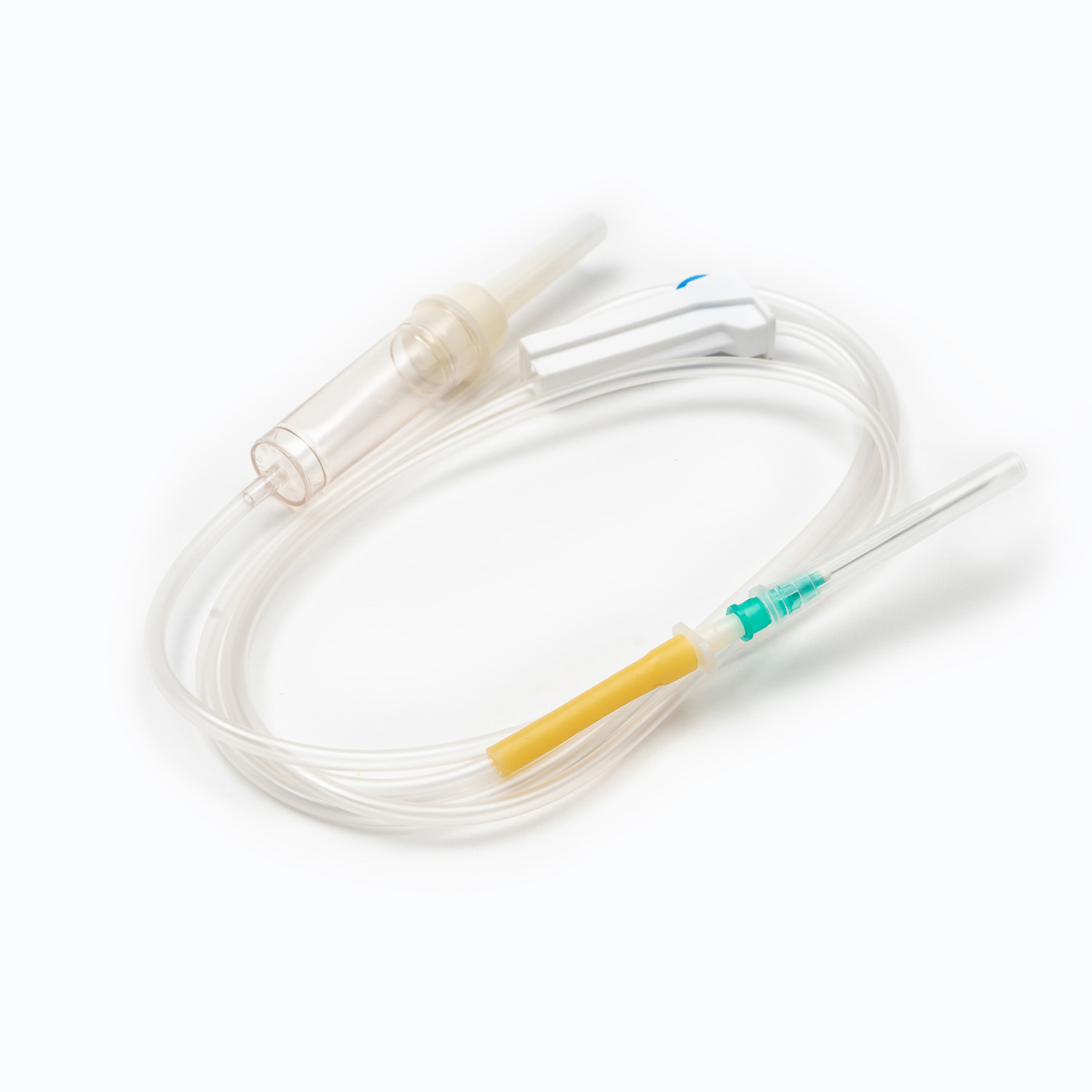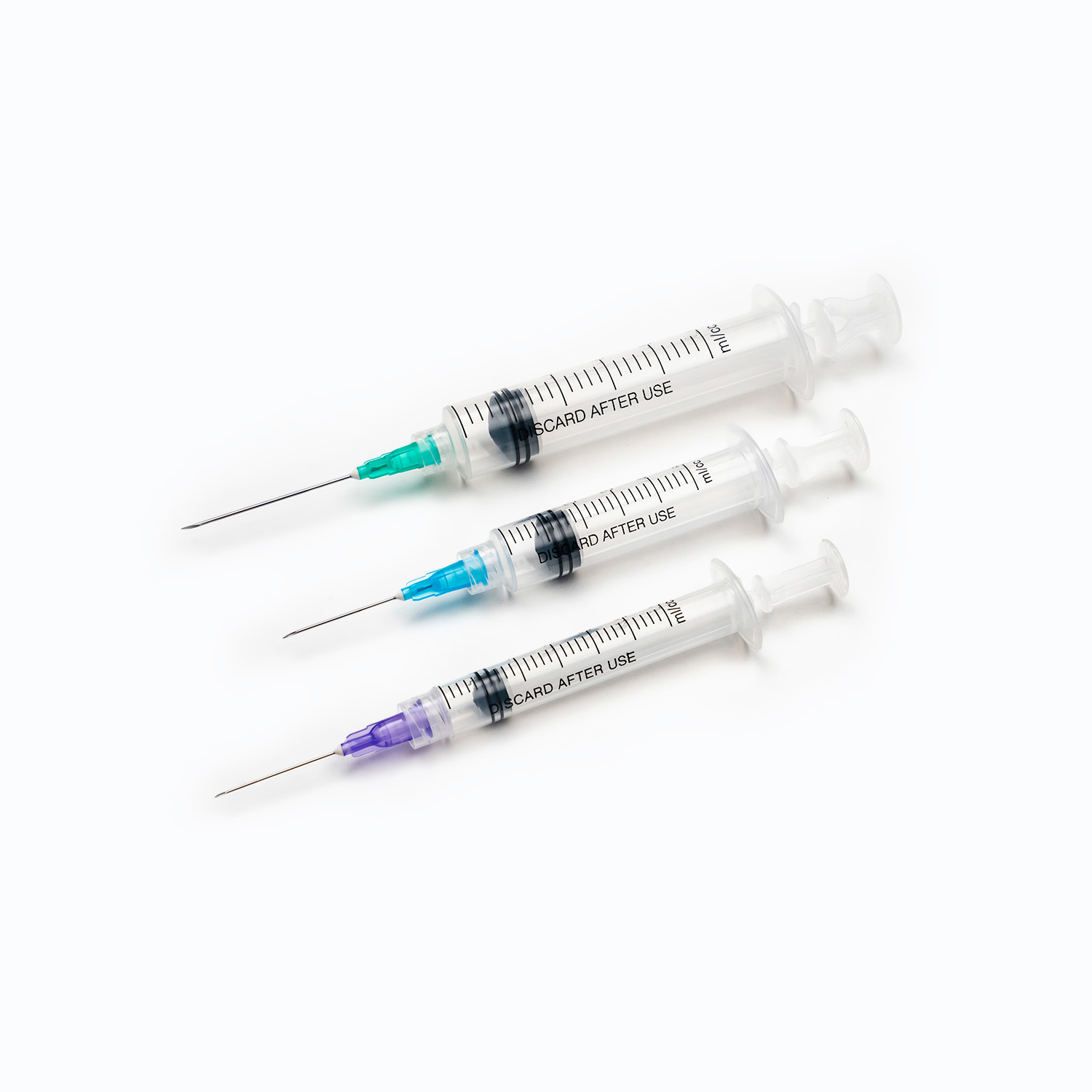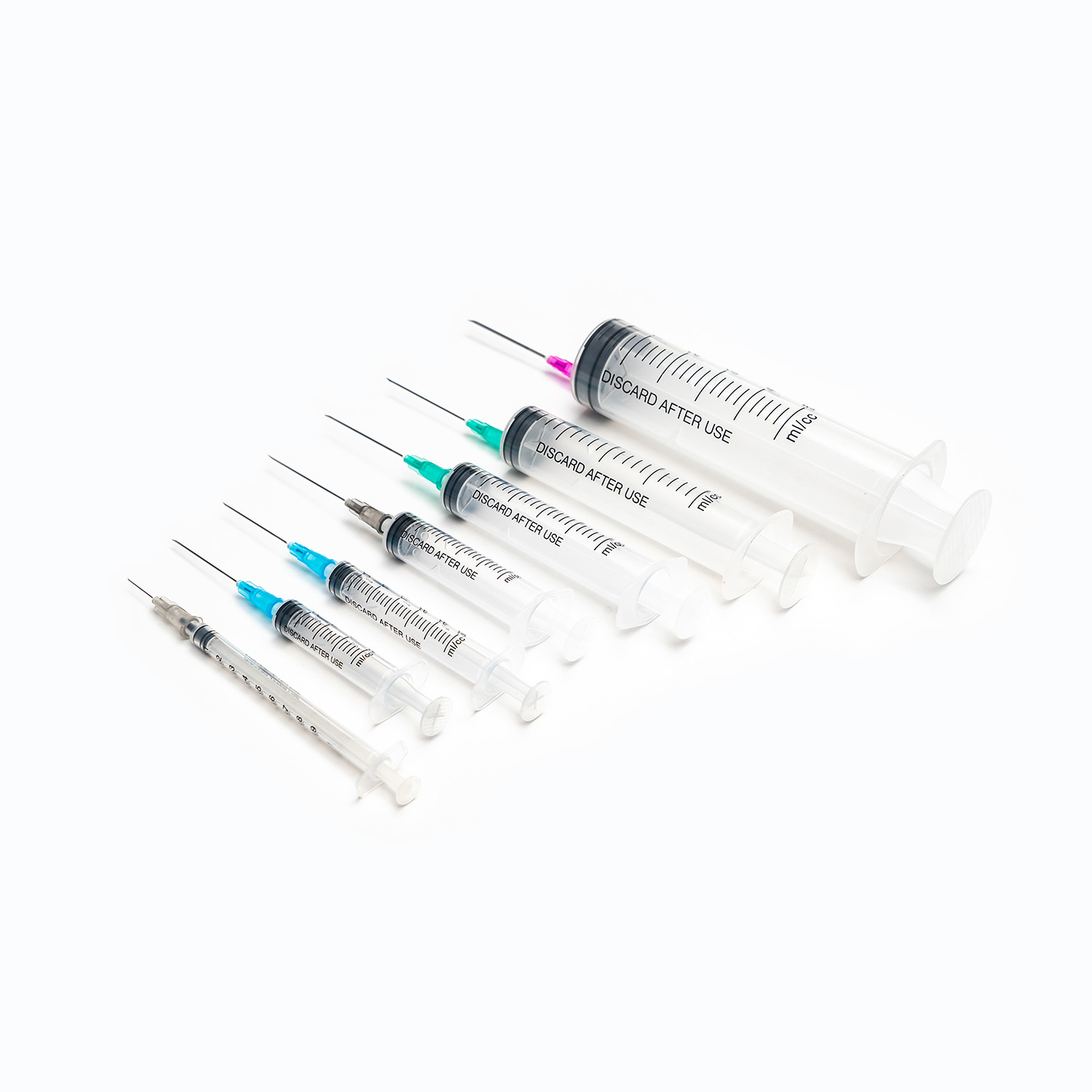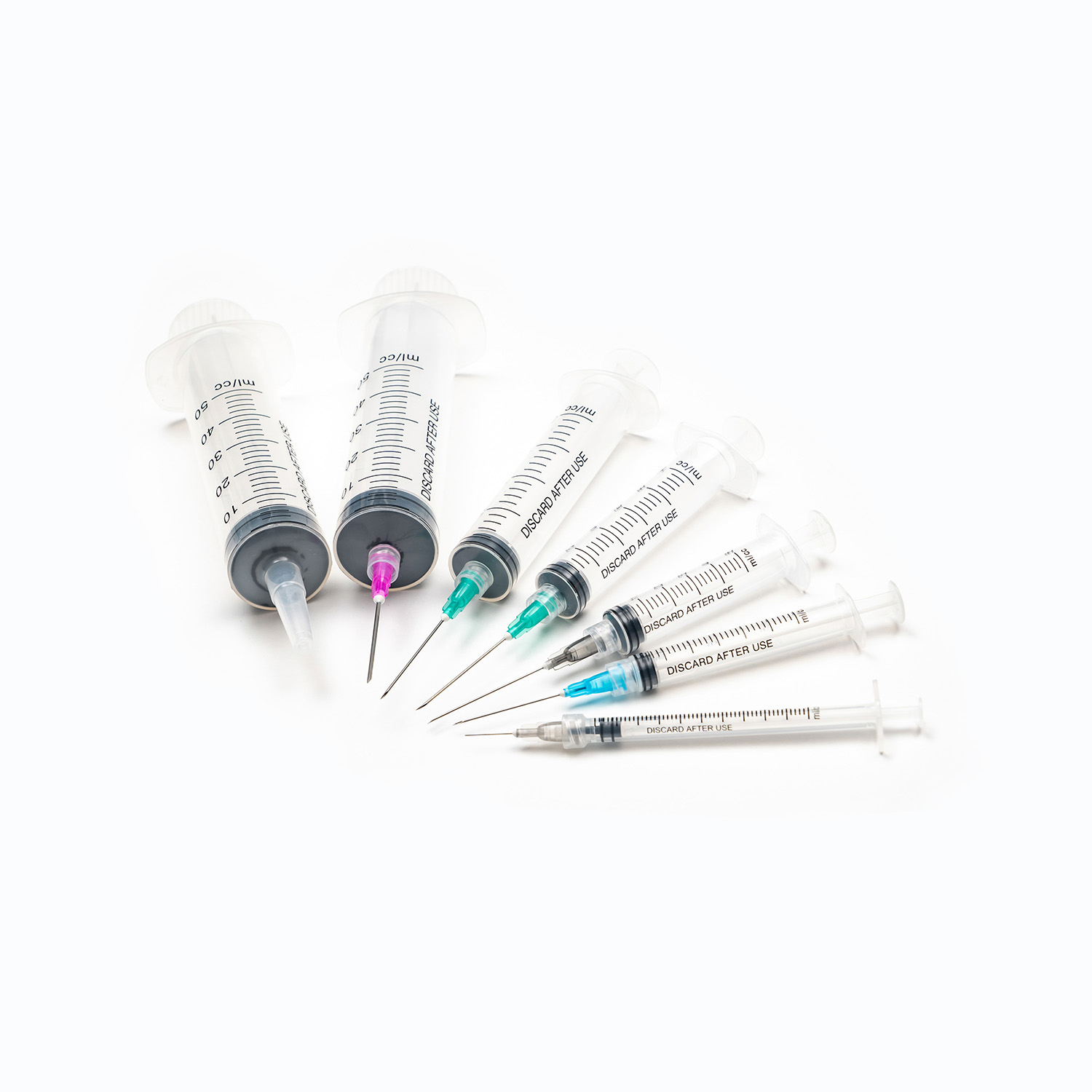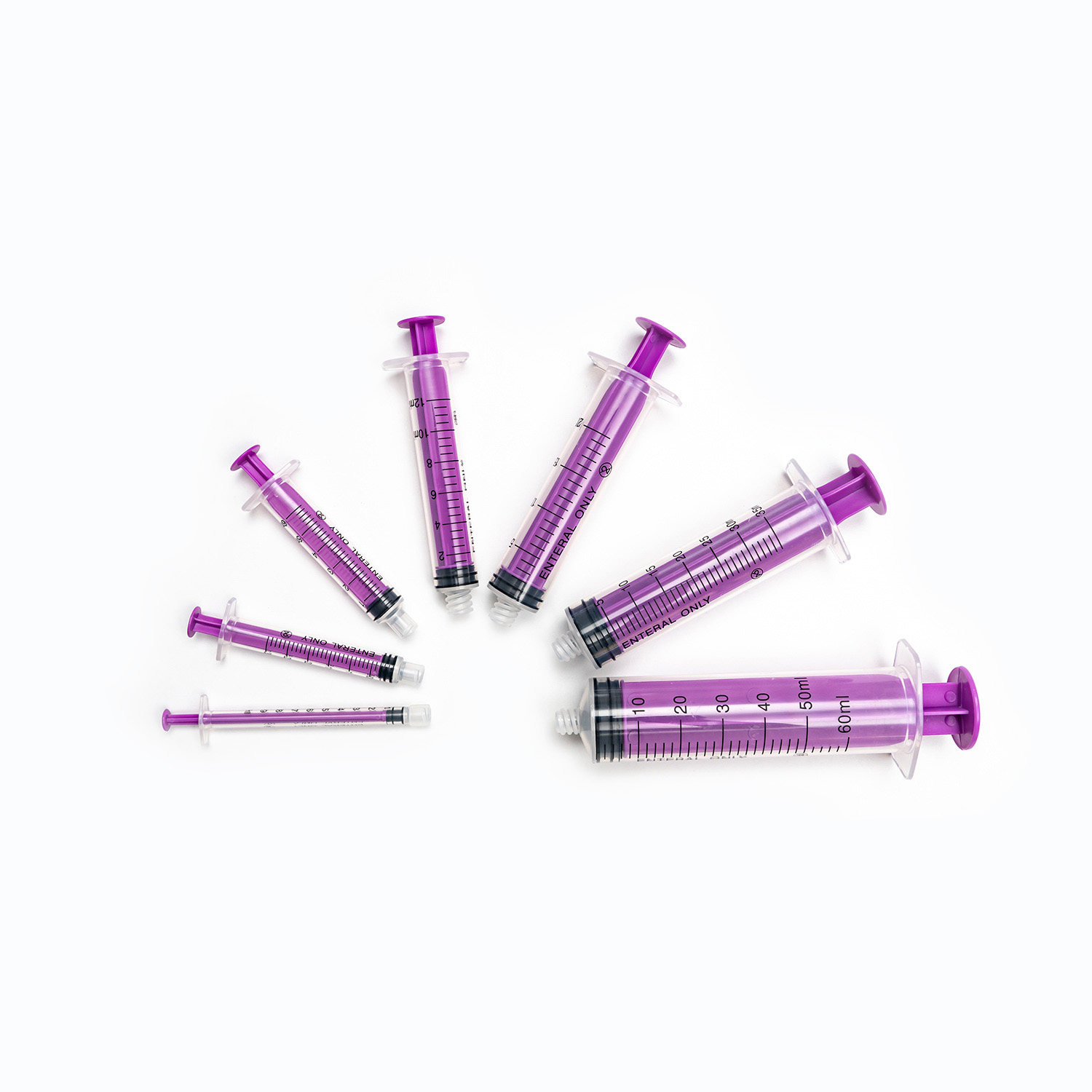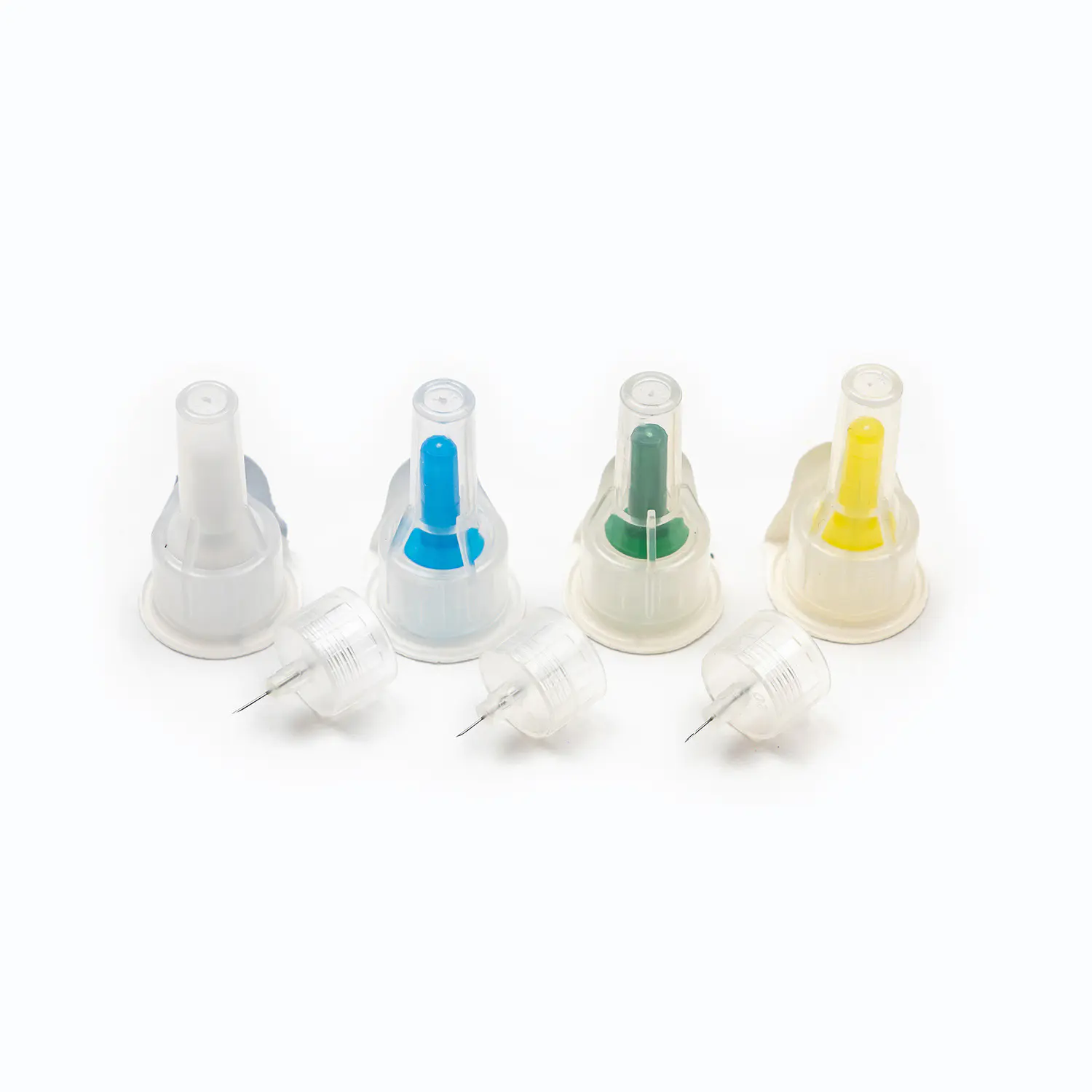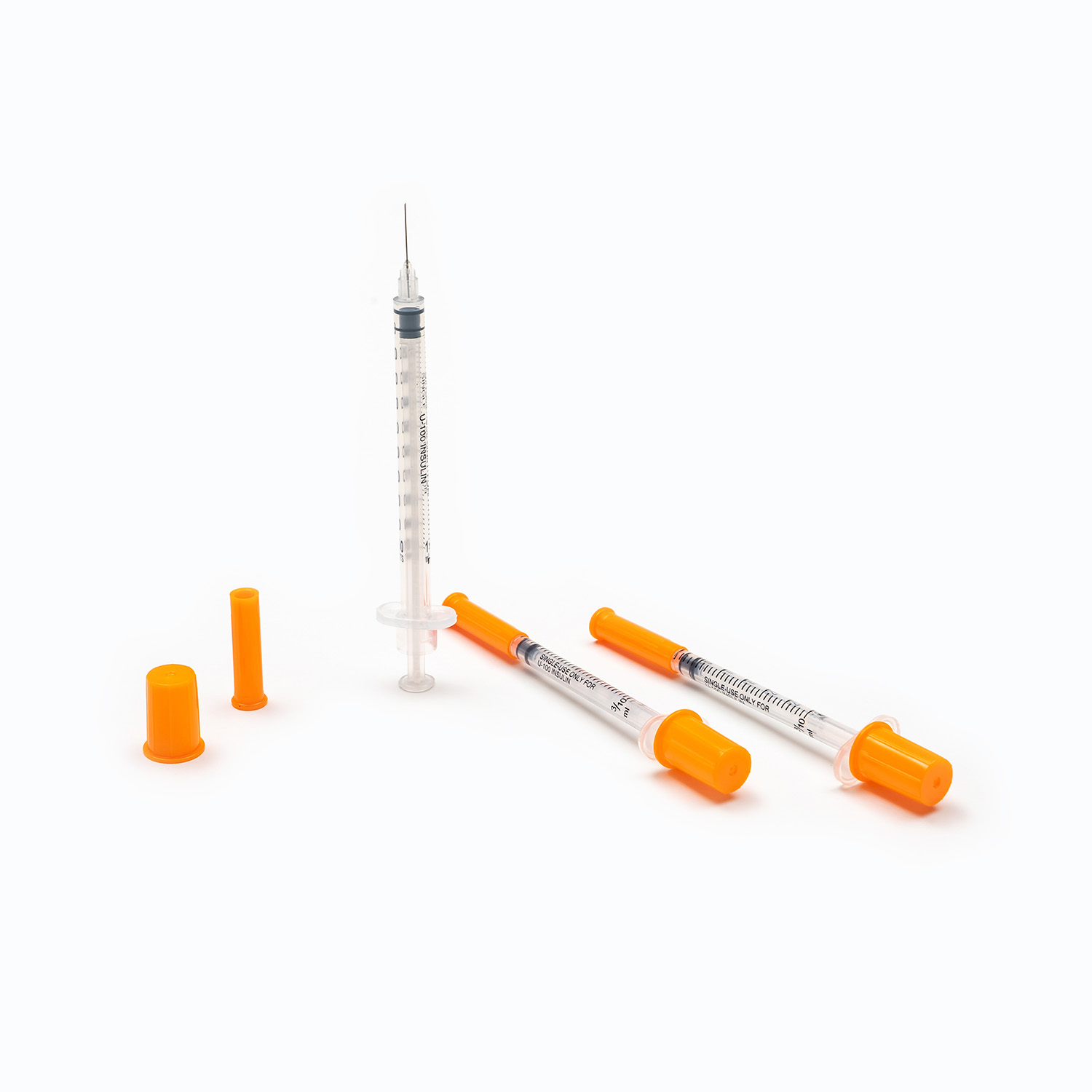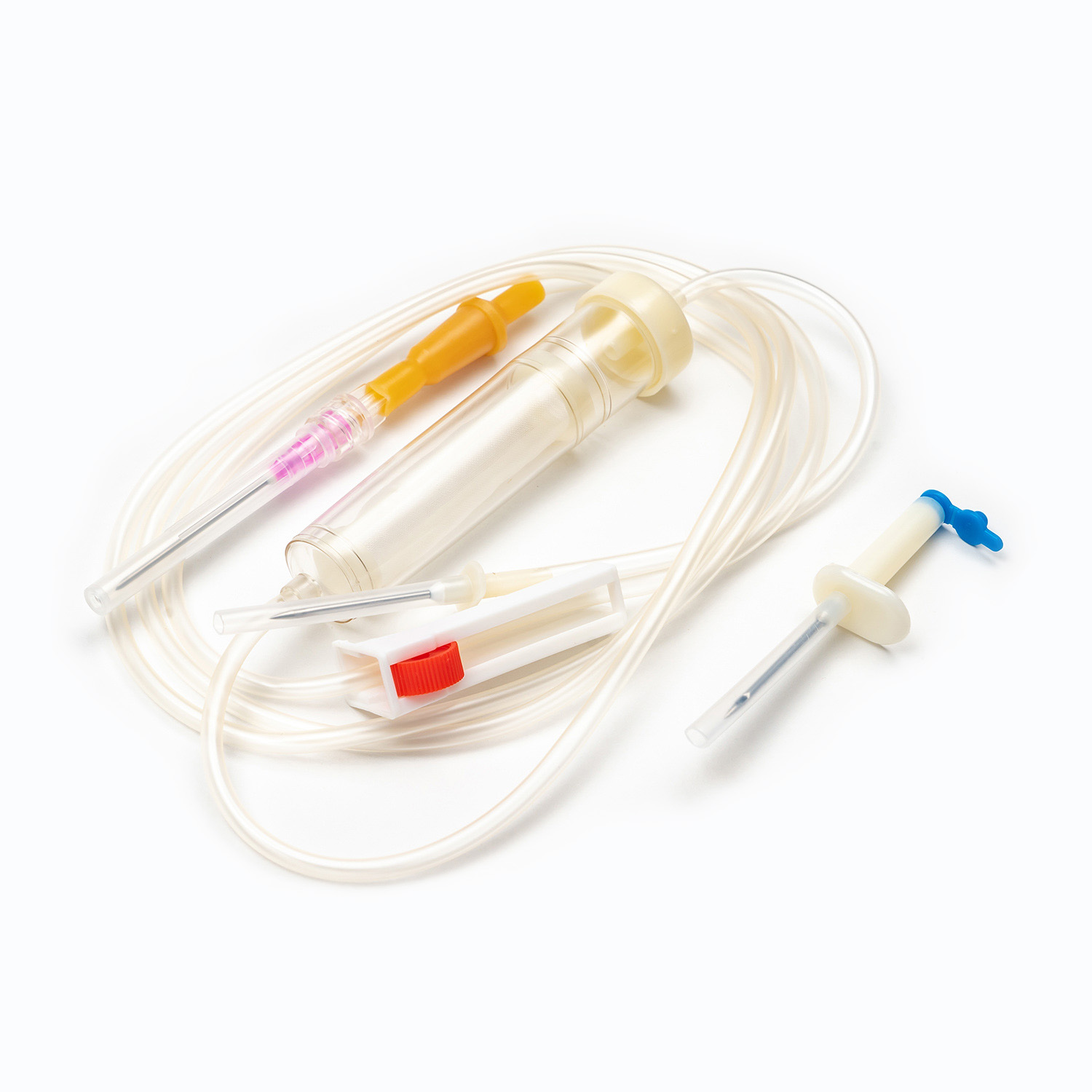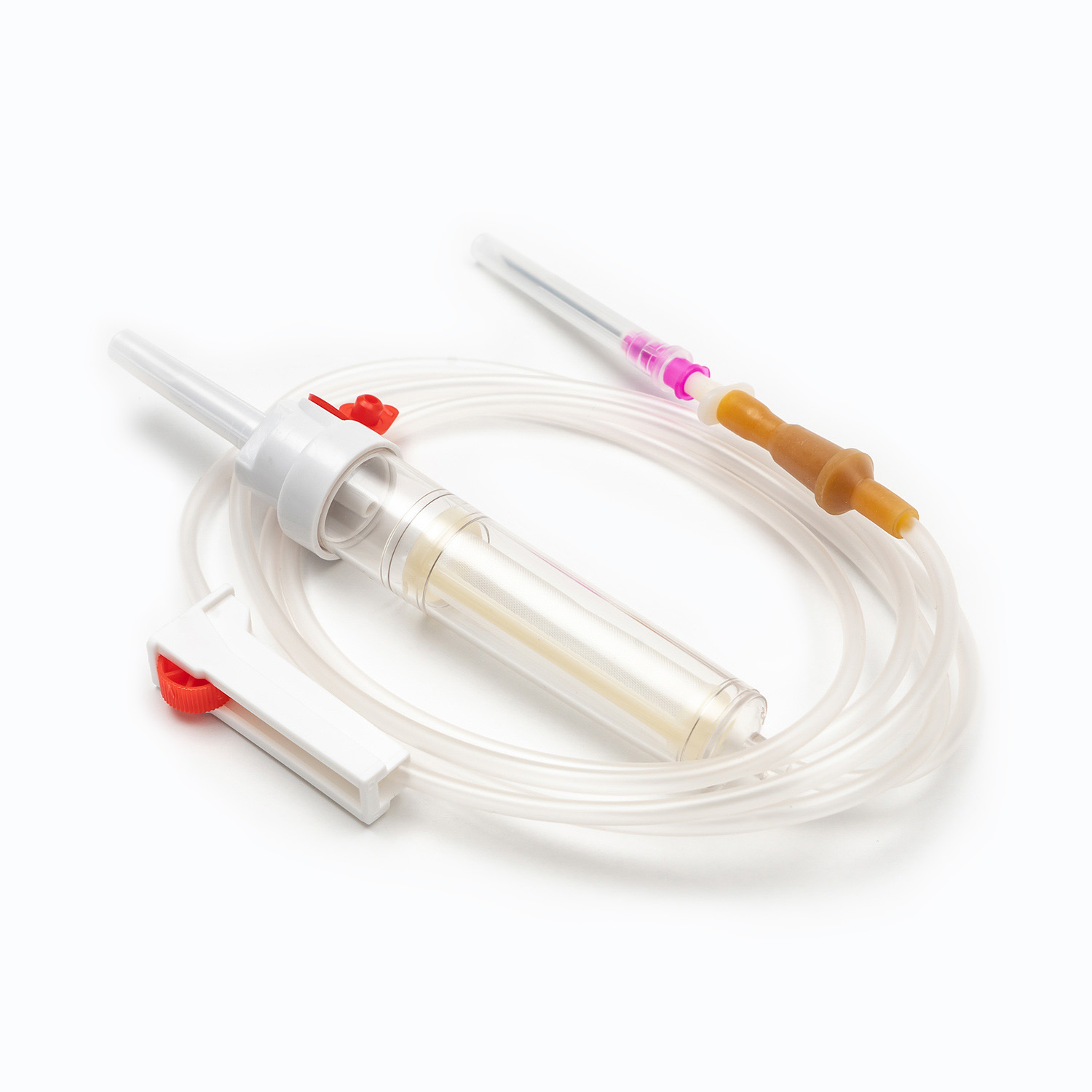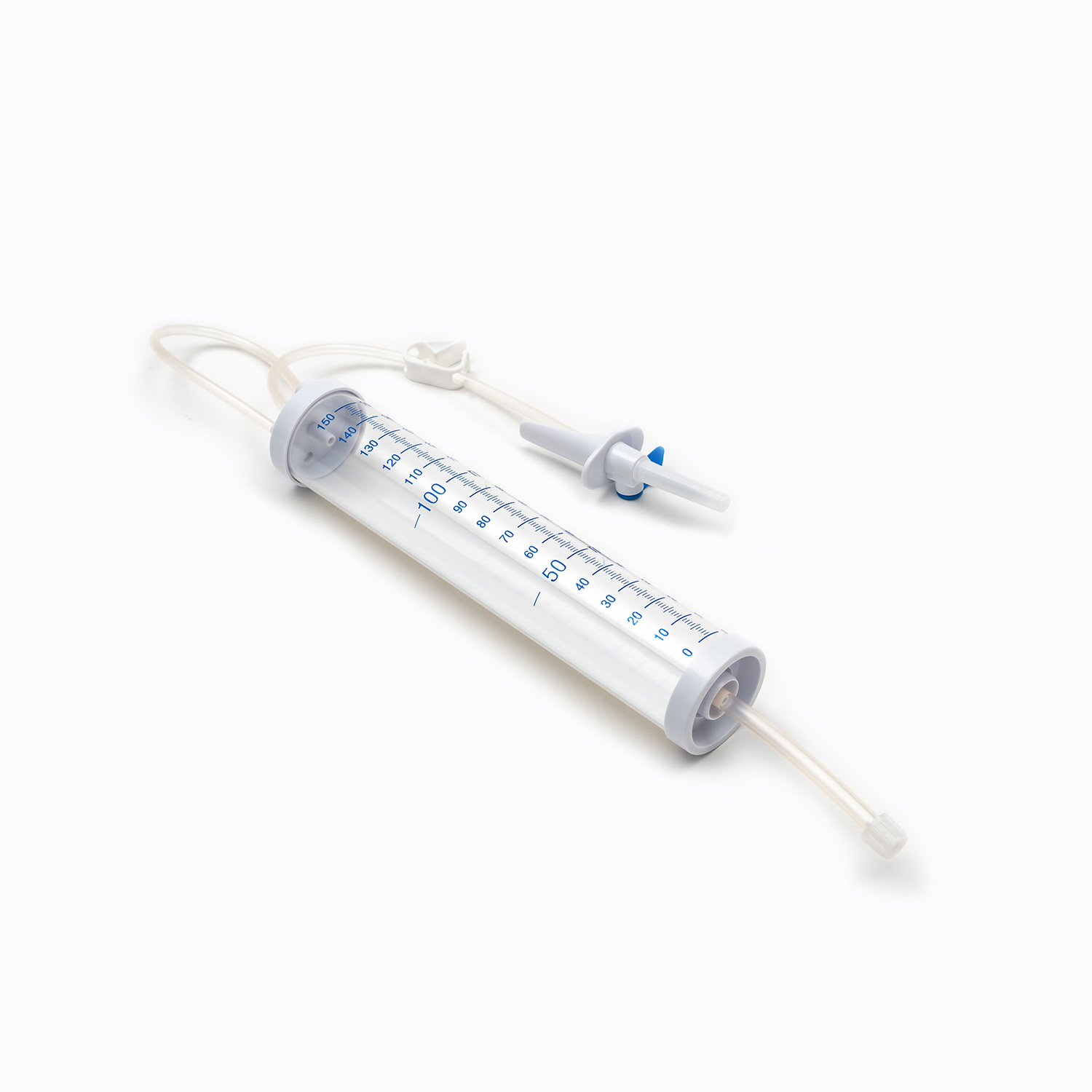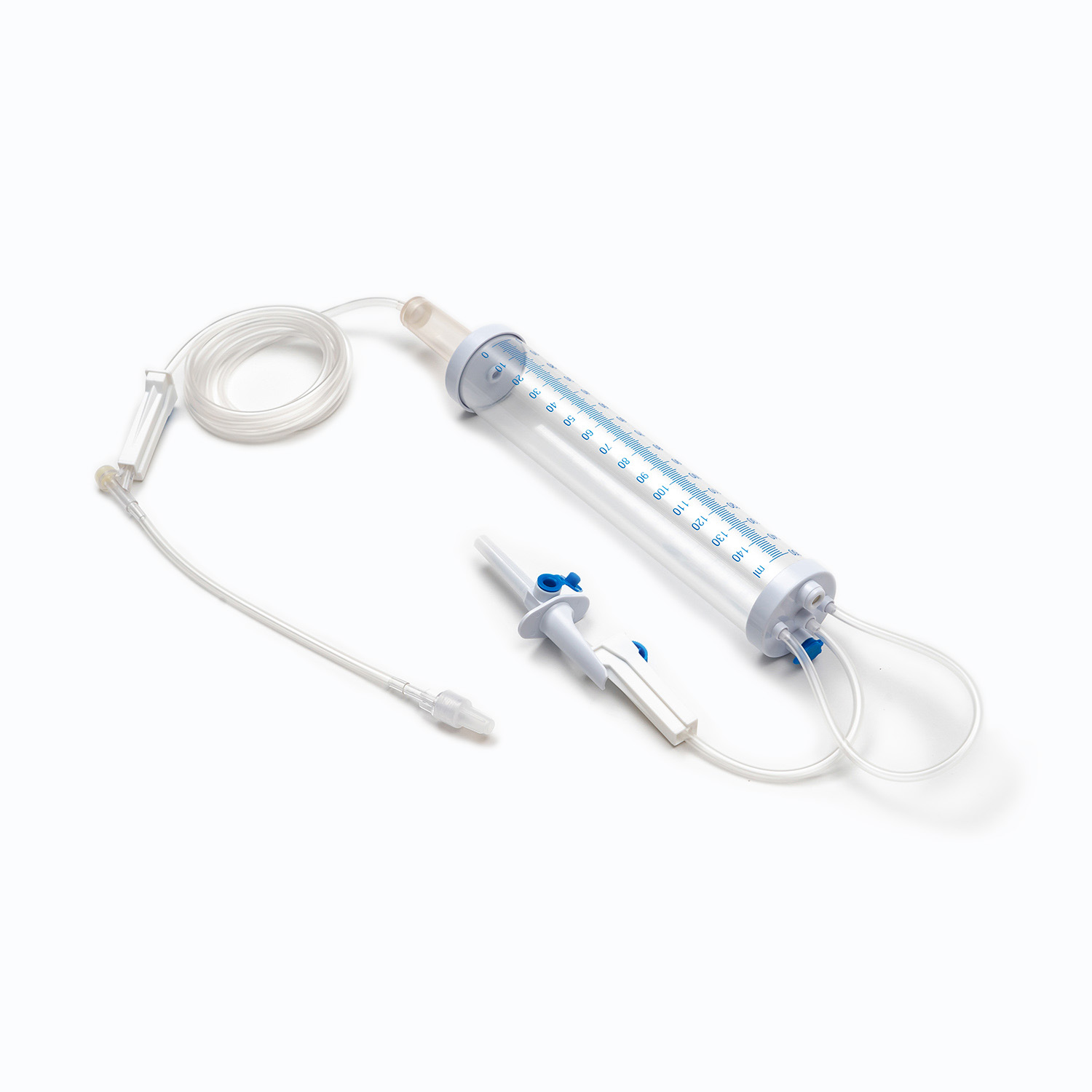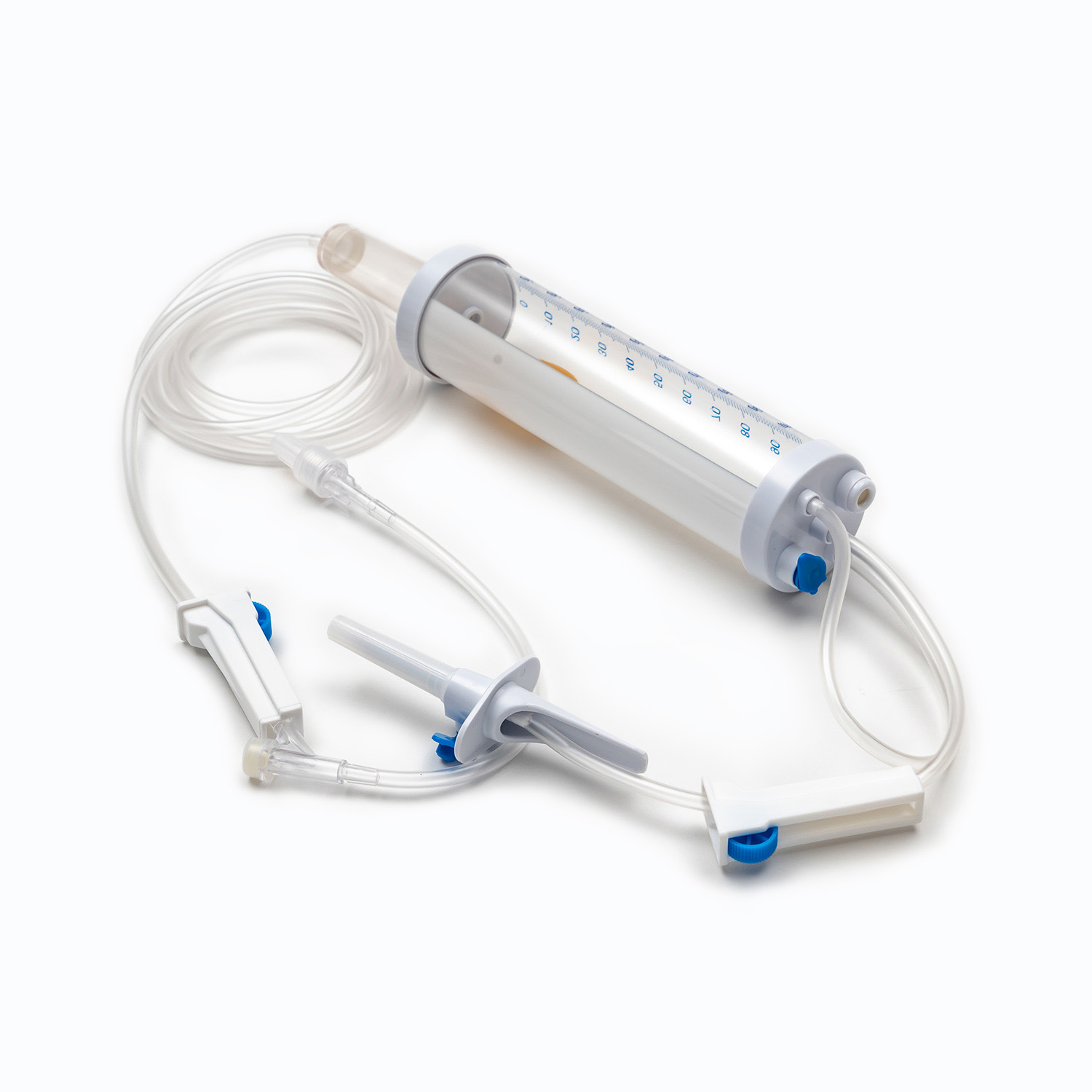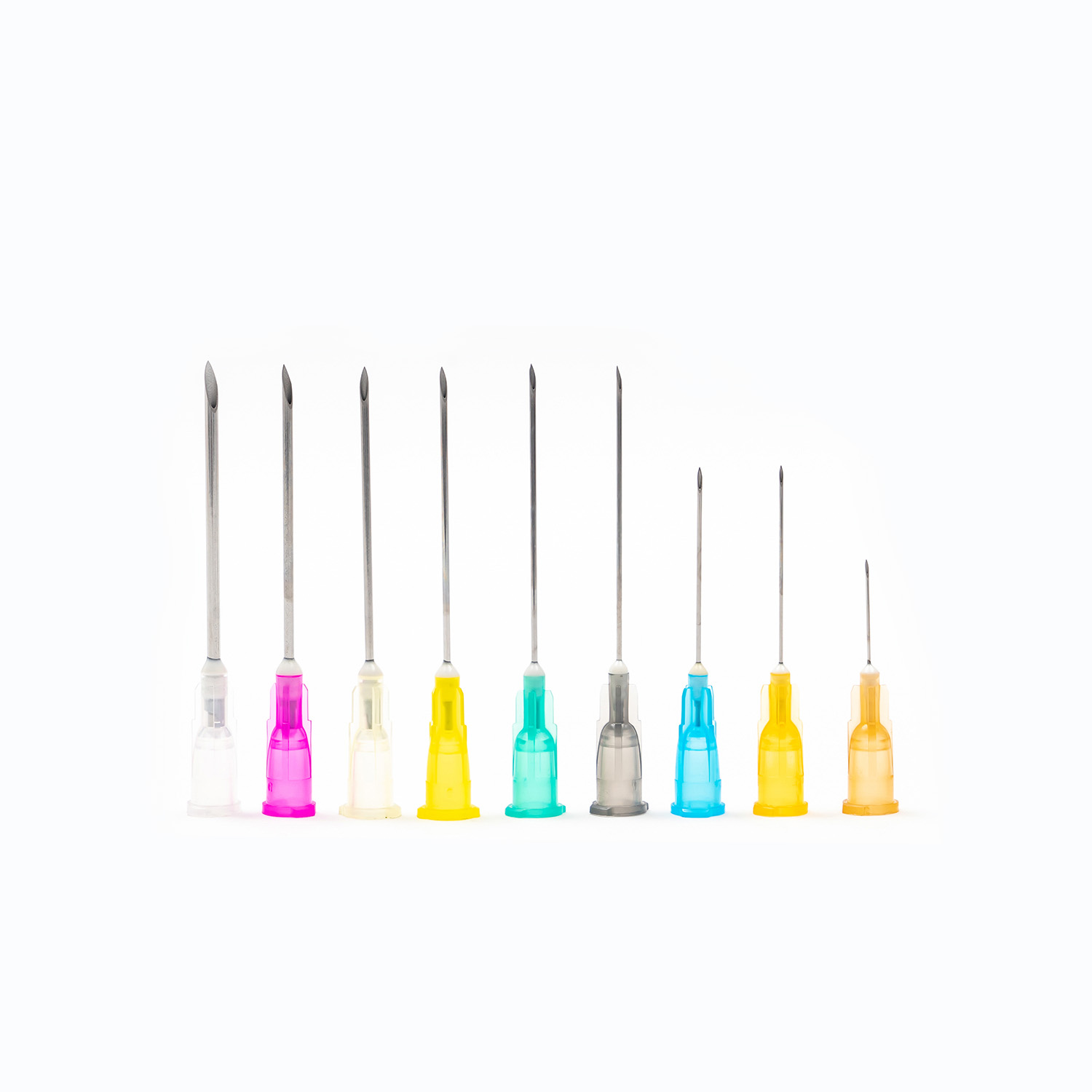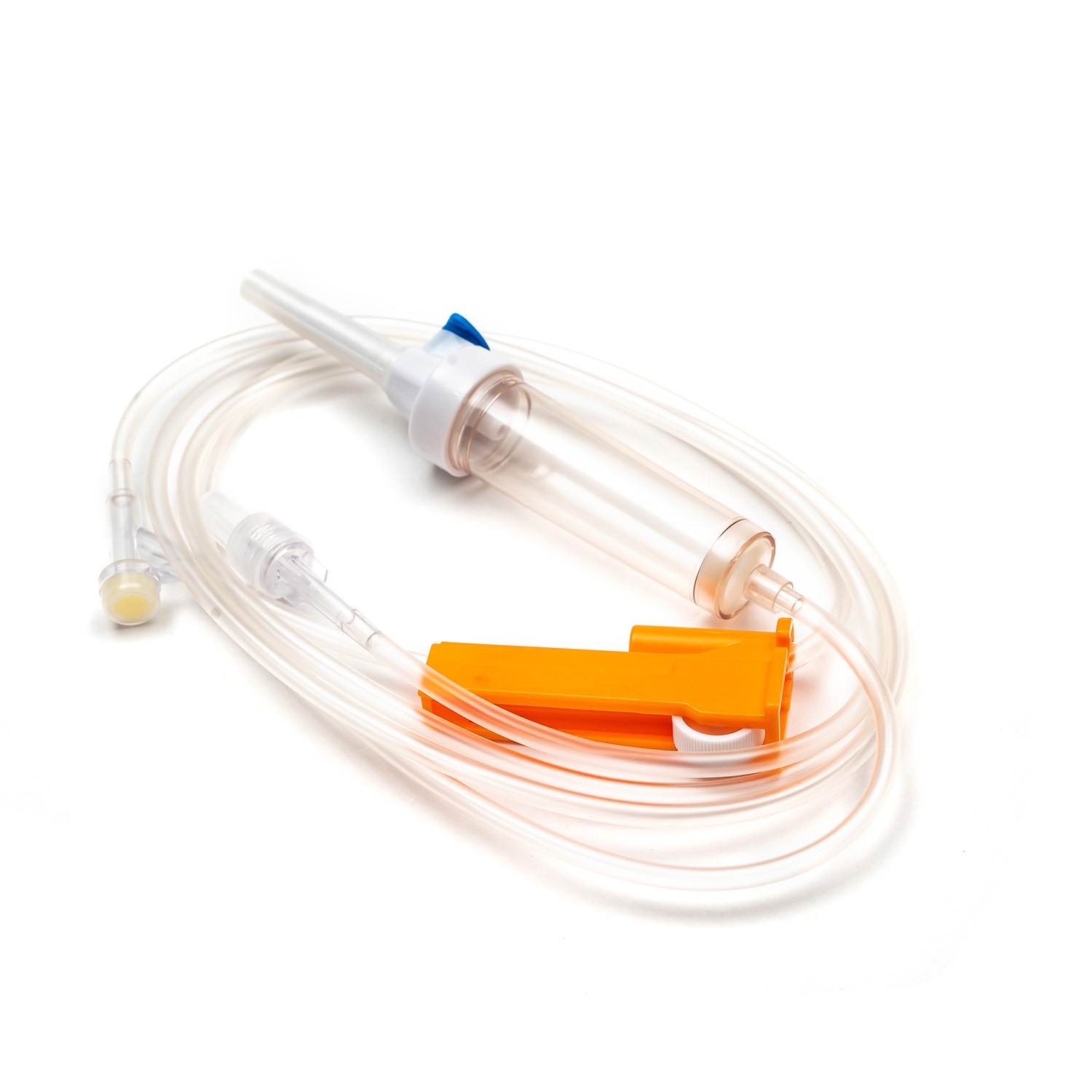Insulin Syringes: The Lifeline for Diabetics
Aug 15,2025
Insulin plays a crucial role in the long battle against diabetes, and insulin syringes are a crucial tool for precisely delivering this vital ingredient to the body. For countless diabetics and their families, a small syringe carries the weight of controlling blood sugar, maintaining health, and even saving lives. It's more than just a medical device; it's an integral part of daily life. Its design, use, and development embody the ingenuity and dedication of countless scientists.
From Traditional Glass to Modern Plastic: The Evolution of Insulin Syringes
A look back at the history of insulin syringes offers a clear picture of the progress of medical technology. Initially, insulin syringes were bulky glass products that required rigorous high-temperature sterilization before use. This cumbersome process not only increased the burden on patients but also posed a risk of cross-infection. Reusable needles were also reusable, far from the hygiene and sharpness of modern products. Back then, injecting insulin was a serious task requiring expert care and meticulous handling, far from the convenience it offers today.
With the rapid advancement of polymer materials, disposable plastic syringes emerged. This revolutionary advancement completely changed the landscape of insulin injection. Disposable insulin syringes eliminate the possibility of cross-infection, greatly simplify the injection process, and make self-administration safer and more convenient for patients. Modern insulin syringes are typically made of medical-grade polypropylene and polyethylene, materials with excellent biocompatibility and stability, ensuring the purity of the drug solution and safe injection. The transparent barrel design allows patients to clearly observe the dosage and status of the drug solution, ensuring accurate administration.

The Beauty of Precision: The Core Technology and Design of Insulin Syringes
Although insulin syringes appear simple, they incorporate numerous sophisticated designs and technologies. The graduations are crucial for ensuring dosing accuracy. Standard insulin syringes are marked in "units" (U), and each unit of insulin contains a fixed volume. To accommodate different patient needs, syringes of various sizes are available on the market, such as U-40 and U-100, which contain 40 and 100 units of insulin per milliliter, respectively. The clarity and accuracy of the graduations directly impact patients' blood sugar control. Designers use precise molds and printing techniques to ensure that every graduation is clearly legible, minimizing dosing errors caused by visual error.
Needle technology innovation is also a crucial component of insulin syringe development. Modern insulin syringes typically utilize ultra-thin-walled, siliconized needles. The ultra-thin-wall design allows for a larger needle inner diameter, reducing injection resistance and facilitating easier injection. The siliconization creates a lubricating film on the needle surface, significantly reducing pain during insertion. Needle length and diameter are also carefully designed to accommodate patients of different ages, body types, and injection sites. Short needles reduce the risk of injecting into the muscle layer and ensure effective insulin absorption into the subcutaneous tissue.
The design of the plunger is also crucial. Typically made of rubber or synthetic rubber, the plunger must be designed to perfectly fit the syringe barrel, ensuring a tight seal during aspiration to prevent leakage or bubbles, while also ensuring smooth push-through to avoid any clogging or excessive resistance. The specialized structural design of the plunger head ensures complete ejection of the insulin from the barrel, minimizing residual medication and preventing waste. Insulin Syringe Classification and Selection
With the advancement of medical technology, insulin syringes are no longer a single product. In addition to traditional syringes, more advanced infusion devices such as insulin pens and insulin pumps have also emerged. However, traditional syringes remain the preferred choice in many cases due to their cost-effectiveness and intuitive operation. Syringes are available in different volumes, such as 0.3ml, 0.5ml, and 1ml, corresponding to different insulin dosages. Doctors will recommend the appropriate syringe size based on a patient's daily insulin dosage to ensure accurate dosing.
When choosing a syringe, in addition to the size, patients also need to consider the length and diameter of the needle. A thinner needle reduces injection pain, but may also increase injection resistance. A shorter needle improves safety when injecting into subcutaneous tissue. Therefore, patients should, under the guidance of a doctor or pharmacist, select the needle that best suits their needs based on factors such as skin condition and the thickness of fat at the injection site.
Safety and Standards: Proper Use and Disposal of Insulin Syringes
Safe use of insulin syringes is crucial to ensuring treatment effectiveness and avoiding complications. Correct injection site selection, proper injection technique, and safe post-injection disposal constitute the complete chain of insulin therapy. Common injection sites include the abdomen, thighs, buttocks, and upper arms. These areas have abundant subcutaneous fat, relatively few nerves, and are less painful. To avoid localized tissue induration or fat atrophy, patients are advised to rotate injection sites.
Post-injection disposal is equally important. Used insulin syringes are medical sharps and must be handled safely. The correct approach is to place them in a dedicated sharps container or a sturdy container, such as a plastic bottle with a lid, and then recycle or dispose of them according to local medical waste regulations. Carelessly discarding used syringes not only pollutes the environment but can also cause accidental harm to others.

The insulin syringe, a seemingly insignificant medical tool, is a loyal companion throughout the life journey of countless people with diabetes. Every technological innovation and design optimization aims to make insulin therapy safer, more precise, and more user-friendly. Understanding and mastering the professional knowledge of insulin syringes can not only help patients better manage their condition, but also make them feel more calm and confident in the fight against the disease.



 English
English Français
Français русский
русский Español
Español
